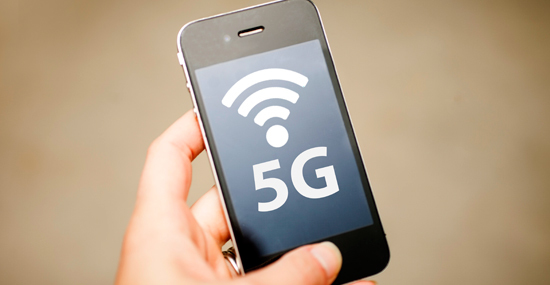
Twenty years ago, mobile data was information that people compiled in notebooks and carried around with them. The definition began changing in the 1990s when digital cellular networks started going mainstream.
Now mobile data includes all the electronic information that people can access with mobile phones and other connected devices.
Each generation of networking technology is marked by significant advances in capability and performance.
The first generation of wireless telephone technology, or 1G, referred to analog devices that were introduced in the 1980s. That era gave way to the digital voice technology of 2G devices.
Transmitting data became a focal point of 3G devices. 4G – the present generation of mobile technology – has been largely about video.
The main attraction of the next generation of networking devices is the subject of speculation. A lot of experts predict that the connection of intelligent devices to emerge as a strong focus. That suggests that the so-called Internet of Things – IoT, for short – will become an even more prevalent catchphrase.
Iot describes Internet-centered automation. It can include everything from wearable technology to remotely controlled appliances. IoT is a big topic already and is likely to get bigger as 5G nears.
However, the official start 5G is at least five or 10 years away, judging from multiple assessments.
“Don't feel bad if you don't really know anything about 5G wireless networking – because, by most standards, it doesn't actually exist yet. The cross-pollination of codified specifications, new products, and technological innovation required hasn't yet brought 5G to fruition,” according to NetworkWorld.com.
Advance hype has begun, however. Companies and governments have been making announcements and issuing sometimes vague statements about ambitious research and development plans that are underway.
In January, for example, South Korea announced that it would invest $1.5 billion to make mobile communications in that technologically advanced country 1,000 times faster.
Companies in the United States and other countries also will have a say in where 5G ends up.
Speed creates opportunities
Even small increases in telecommunication speed can significantly improve features, says Bryan Burgers, a web and mobile developer at ClickRain, an online marketing firm in Sioux Falls
“When you cross a certain threshold, it opens up new opportunities, you can do new things,” Burgers says.
Burgers does not know where the next generation of technological improvements will go. Improved speed could create opportunities not even known yet, he says,
As a practical matter, increased speeds could accelerate and simplify processes. For example, a viewer might be able to remotely access a movie in seconds rather than minutes.
As the delivery of services becomes more seamless, usage is likely to increase, Burgers says. That, in turn, can create the need for infrastructure improvements and ultimately translate to higher costs for some end users.
Improvements in products and in the delivery services are likely to be gradual and continue until the consensus arrival of 5G. In the meantime, the specifications and possibilities remain open.
It certainly seems likely that the interconnection of devices will emerge as a focal point of the next generation of technology.
Regardless, the potential for IoT and the increased integration of equipment is vast. People might be able to more closely monitor and treat personal health conditions. Cities and states might be able to direct traffic flow in safer and more efficient ways.
People might become easier to contact because their devices will always know where they are and how to reach them. Of course, services like that will require willing participants.
No matter how it all plays out, companies such as SDN Communications, the host of this blog, will be important contributors.
SDN will continue to provide broadband connectivity well as a variety of products and services to businesses and institutions technology improves. For more information about SDN’s slate of products and services, visit the SDN Communications website.



